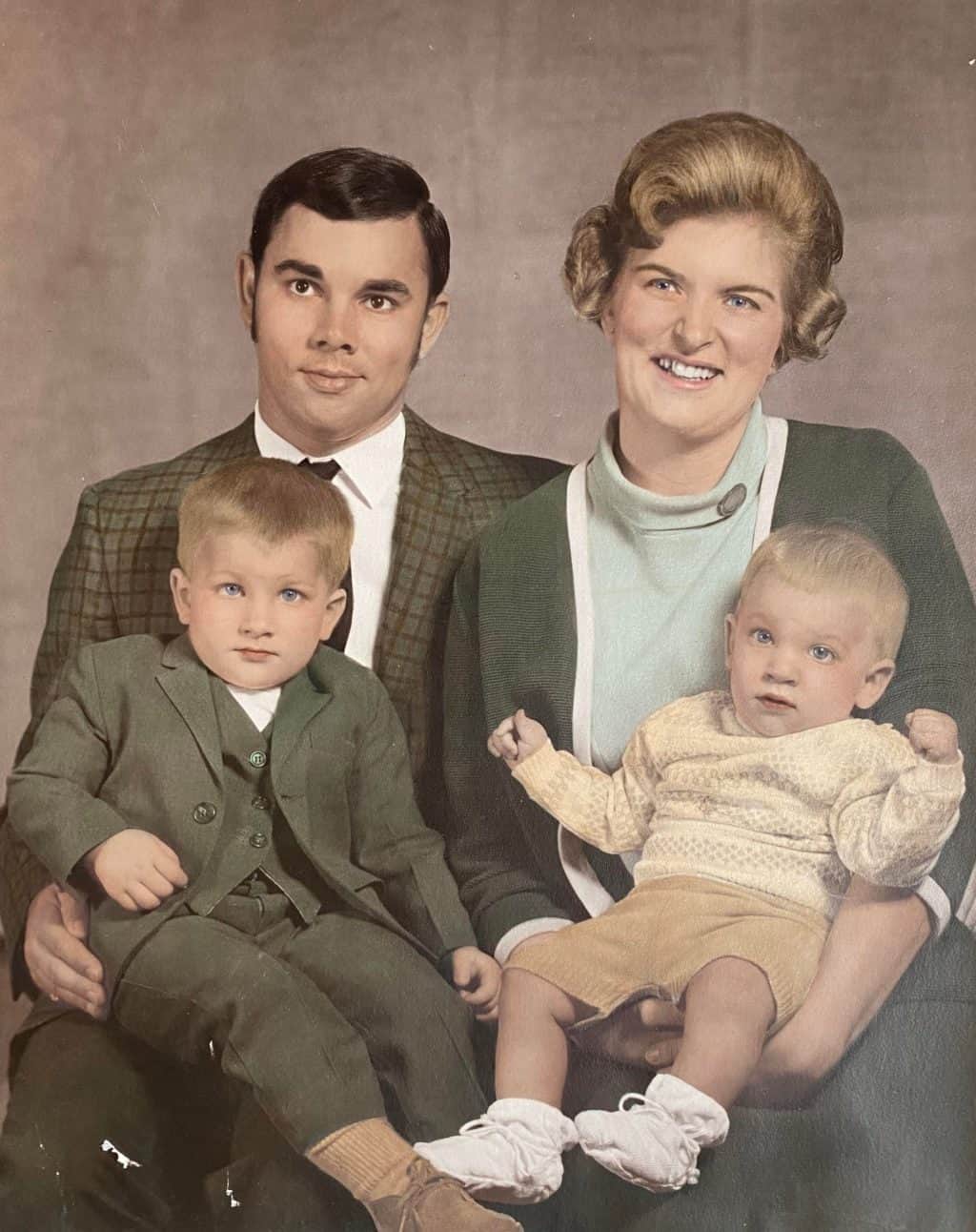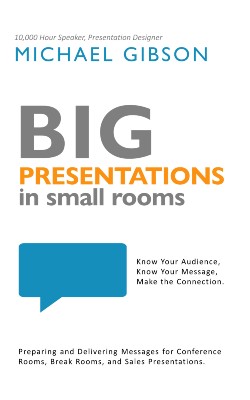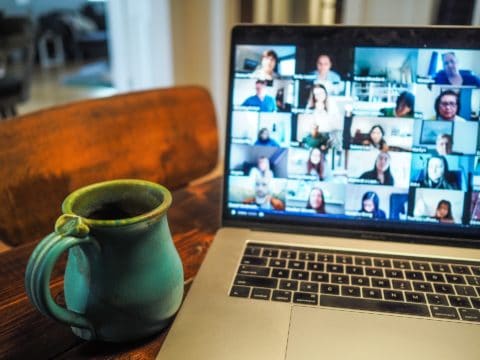AUDIENCE CULTURES SHAPE US
Our experiences shape us.
My experience involves a working-class, middle-class family. Mom and Dad were the only parents I knew. There were no stepparents involved, no divorce. We were conservative by most standards. Most clothing came from thrift stores, we bought used cars, and bragged about getting good deals.
People from outside of that experience thought some of these things were strange because they grew up in a different family culture—with a single parent or with a different income level, or both.

My family was always a part of a church. The type of church I grew up in valued acapella music. That experience was normal for me. However, if a friend came with me, their first experience felt strange. A group of people singing without any instruments is something outside of their definition of normal. For me, it was just another church service.
Now I attend a church where a band leads the singing part of the service. If a church friend from my childhood comes with me, it feels strange to them. It is outside their definition of normal. People tend to think of churches as a single group of organizations, but there is much diversity in practice. There is much diversity in culture.
What you grow up with defines what is normal for you.
I grew up in the United States of America, in the south, –in the states of Texas and Arkansas. That encompasses three layers of culture: the country, the south, and the states. And that largest layer, the country, is part of a larger culture referred to as western culture.
AUDIENCE CULTURES SHOULD SHAPE YOUR MESSAGE
So, what is this thing we keep referring to? What is culture?
A culture is comprised of the customs, arts, social institutions, and achievements of a particular nation, people, or other social group.
At each layer of my experience, this definition applies.
So… what is the point of all of this?
These cultural experiences shape me. They define “normal” for me…
For me.
Not for everyone.
Once again… what is the point of this?
At Big Presentations, we constantly repeat the mantra: Know your audience. Know your message. Make the connection.
Knowing your audience means understanding that their cultural experiences might be different from yours.
For me, this means understanding that others might have grown up in a different family culture. They might have been active in their schools like we were active in our church. They might have been in a lower or higher income bracket. They might have grown up in the northern US or in another country—even in an eastern culture.
What is normal for them might be vastly different than what is normal for me.

The same is true of workplace cultures. I have the honor of working with private companies, municipalities, and non-profit organizations. Each type of organization is unique. And… each organization within each category is unique. And, of course, an organization that has many departments can have a diversity of cultures among those departments. You know this from conversations with friends who work in other types of organizations or coworkers from different departments.
Workplace culture is defined as a system of shared assumptions, values, and beliefs, which governs how people behave in organizations. These shared values have a strong influence on the people in the organization and dictate how they dress, act, and perform their jobs.
Workplace culture shapes those who experience it.
Remember. We are called to know our audience.
To know your audience, seek an understanding of the experiences that shape them. In a previous blog post, we discussed generations as a shaping force. Culture is another one.
AUDIENCE CULTURES: HOW TO DISCOVER AND INCORPORATE
So… how do you do this? Here are some ideas.
If the presentation is an in-house presentation, you have an advantage. You know the organizational culture, and you might know the background of some audience members. However, if audience members are from different departments, you might not know the culture of each one. Acknowledge what you do not know and, if time allows, seek to learn more about each audience member’s cultural experiences.

If the presentation is external, then you have more homework. Discover the organizational values. Obtain a list of audience members and seek information about them. Social media can be helpful in this endeavor and an internet search might reveal their interests and values.
If an audience member is involved in multiple non-profits and professional organizations and is on multiple leadership boards, that tells you something. And, of course, the types of organizations they are invested in tells you something, too.
If an audience member has a Facebook, no LinkedIn, and does not seem to be involved in any outside organizations or professional organizations, that tells you something.
If you can discover their age and where they grew up, that gives you generational information and a hint at cultural experiences.
You might have the ability to meet with audience members before a presentation. That is a gift worth receiving! Then you can ask questions and listen attentively to discover their thoughts and the reasons for those thoughts. It will create increased support from them because they are impressed by your thoughtful questions and willingness to listen.
AUDIENCE CULTURES ARE NOT TO CREATE STEREOTYPES
Be careful and humble.
When you discover this information, refuse a common temptation.
The temptation is to use the information to create a stereotype or a label. Resist it.
The cultural information can guide your approach. It can help you better understand reactions or responses you might encounter. And all of this can happen without you creating a negative perception.

For example, you might discover that an audience member is from a time and culture that values conservative risk-averse approaches to decision making. You can use that information to address concerns that arise from that mindset. And if you have someone whose background inspires them to be risk-takers, you could incorporate information that speaks to them as well. It is a challenge, but it is possible. So, you can call the adventurous one while addressing the concerns of the more conservative one. You do all of this without labeling anyone or calling anyone out.
If the presentation allows, you can create space for questions and observations. This will give you a better idea of where people are coming from and what excites or concerns them.
AUDIENCE CULTURES & NOTE TAKING
Take and store helpful notes.
Do your homework. Have pre-meeting conversations if possible. Be observant as you present. Pay attention to the questions and observations. And take notes!

As you compile this information, find an easily accessible place to store it. Then when you return to this setting, you can reference that information and be better prepared than you were last time.
Know your audience. Acknowledge the things that shape people—like generations and cultures. Apply that knowledge wisely and you will be making Big Presentations in Small Rooms!
Want to know more? Keep reading the blog!
Do you prefer to listen? Check out The Big Presentations Podcast!
Want to know even more? Order the book Big Presentations in Small Rooms!




